Kalo Meyer Payer Tolay: A Song of Nazrul Islam
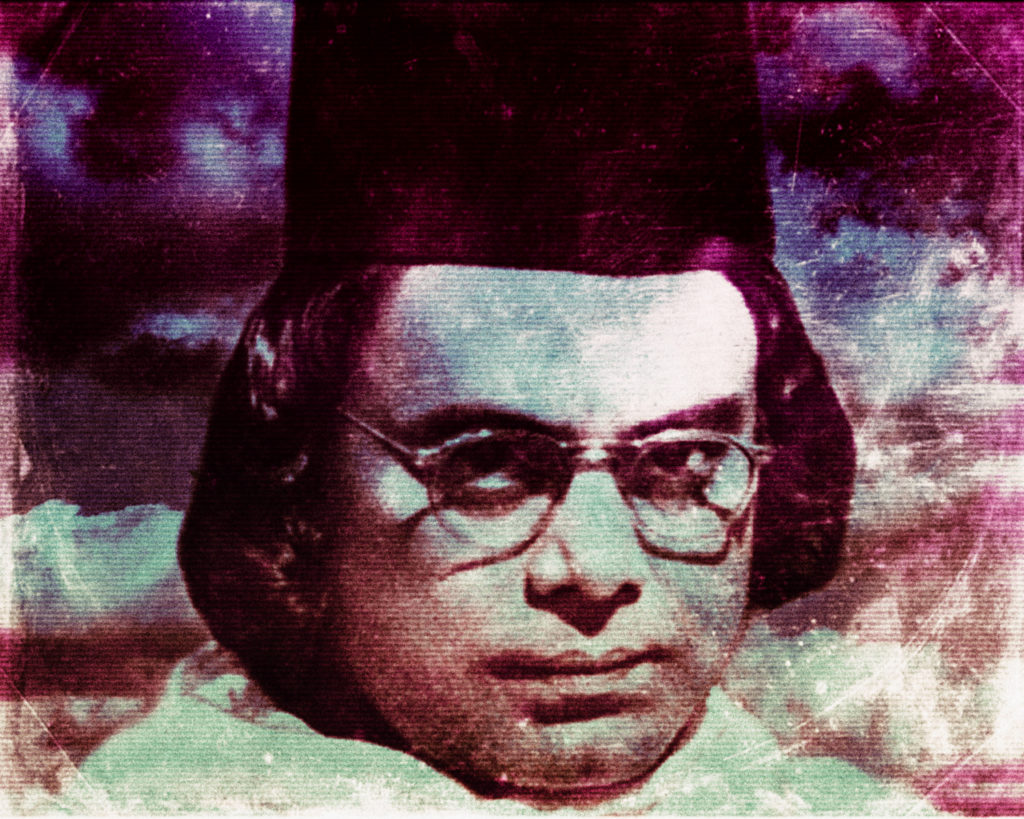
Kazi Nazrul Islam (24 May 1899 – 29 August 1976), explored various creative and social territories throughout his prolific life. During his youth he achieved fame simultaneously both for his political activity as well as his creative writing which earned him the moniker of “Rebel Poet.” Although a Muslim by birth, he was at heart a pure humanist who married a Hindu woman out of love much to the consternation of religious fundamentalists. A passion for liberation pervades his work: Not only did his vast oeuvre consistently challenge the traditional roles and limitations of caste and religion, but Nazrul would be just as likely to compose works inspiring young people to revolt against an unjust authority as he would be to champion the cause of gender equality.
He is mostly famous for composing nearly 4,000 songs and creating his own musical genre called Nazrul Giti. In true revolutionary spirit, he played games with the confines of established forms of musical convention. In writing his music, he freely borrowed and synthesized elements from whatever folk and classical sources he had access to, blending traditional folk melodies (such as Baul, Shantali and snake charming tunes) with Persian and Hindustani classical music structures. His lyrical themes touch on universal aspects of the human condition: at turns political, spiritual, romantic, and philosophical. As his artistic work evolved, he began to focus more of his attention inward, composing Islamic and Hindu devotional songs with equal passion. Today, Kazi Nazrul Islam is not only recognized as the national poet of Bangladesh, but his music is loved throughout the Bengali language speaking regions of India—West Bengal, Assam, and Tripura—as well as among the global Bengali speaking diaspora.
His songs dedicated to the divine feminine, particularly in Her form as the Mother Goddess Kali, are some of the most evocative and cherished in the entire corpus of Shyama Sangeet. The song I am sharing here is called “Kalo Meyer Payer Tolay.” By mixing descriptions of vastness with the juxtaposition of opposites, Nazrul evokes an image of the Great Mother Goddess as a young black girl who through Her blissful dance manifests as the alternating cycles of time.
In presenting the song I will keep things pretty straightforward: first, the original lyrics in Bengali; then, an English transliteration with diacritics; and lastly, a translation of the lyrics in English. Obviously, the third part is the most important for those to whom Bengali is not a familiar language. The translation will be as direct as possible (while still making sense in English) and with innovation kept at a minimum. Lastly, I will add some brief commentary for clarity and added insight.
This audio recording I have uploaded to youtube was originally recorded in Kolkata in 1960 and released by The Gramophone Company of India Limited, now known as Saregama records. It features the singing of Pannalal Bhattacharya. The emotional quality and nuances of his singing beautifully compliment the devotional nature of the lyrics written for Ma Kali. For many Bengalis, Pannalal is the most beloved singer of Shyama Sangeet for obvious reasons.
It is my highest hope that by sharing this devotional music and lyric translations, I may help someone to connect with the Divine Mother in some way.
JOY MAA KALI
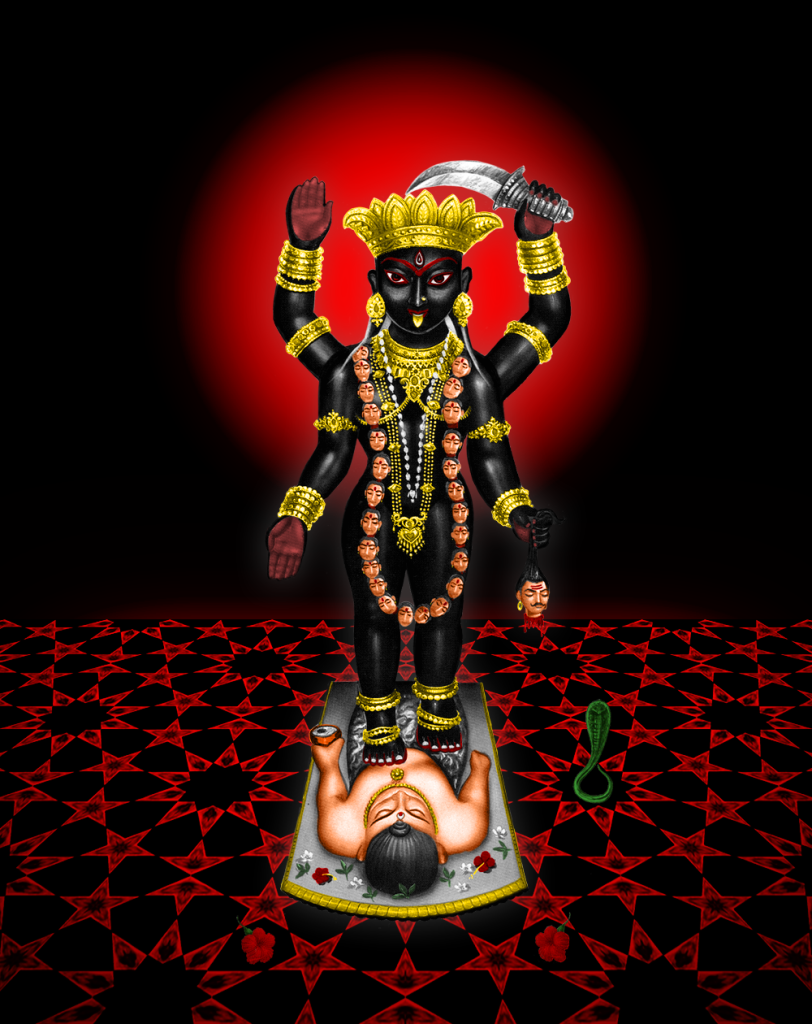
কালো মেয়ের পায়ের তলায়
দেখে যা আলোর নাচন।
মায়ের, রূপ দেখে দেয় বুক পেতে শিব
যার হাতে মরণ বাঁচন।
আমার কালো মেয়ের আঁধার কোলে
শিশু রবি-শশী দোলে;
(মায়ের) একটুখানি রূপের ঝলক
ঐ, স্নিগ্ধ বিরাট নীল গগন।
পাগলী মেয়ে এলোকেশী
নিশীথিনীর দুলিয়ে কেশ,
নেচে বেড়ায় দিনের চিতায়
লীলার রে তার নাইকো শেষ।
সিন্ধুতে মার বিন্দু খানিক
ঠিকরে পড়ে, রূপের মাণিক,
বিশ্বে মায়ের রূপে ধরে না
মা আমার তাই দিগ্বসন।
—নজরুল ইসলাম
kālo meẏer pāẏer talāẏ
dekhe yā ālor nācan
māẏer rūp dekhe deẏ buk pete śib
yār hāte maraṇ bā̃can
āmār kālo meẏer ā̃dhār kole
śiśu rabi-śaśī dole
(māẏer) ekṭukhāni rūper jhalak
ai, snigdha birāṭ nīl gagan
pāglī meẏe elokeśī
niśīthinīr duliẏe keś
nece beṛāẏ diner citāẏ
līlār re tār nāiko śeṣ
sindhute mār bindu khānik
ṭhikre paṛe, rūper mānik,
biśve māẏer rūpe dhare nā
mā āmār tāi digvasan.
–Najrul Islām
In the soles of the Black Girl’s feet
the dance of light can be seen.
Having gazed upon the Mother’s beauty, Shiva offered his chest
to She in whose hand is both death and salvation.
In that Black Girl’s dark embrace
She holds Her children the Sun and Moon, rocking them back and forth;
A mere sparkling fragment of the Mother’s beauty
becalms our spirit as the great blue sky.
That Crazy Girl with the wild hair,
shakes Her head and brings nightfall,
As She dances about, the day dissipates like a burning funeral pyre
this Dear One’s magic is without end.
The ocean to Her is like a drop of water
She shines resplendent like a jewel
The universe cannot contain Mother’s transcendent beauty
and that is why my Mother is naked.
—Nazrul Islam
The opening line refers to a “dance of light” which contrasts sharply with the blackness of the little girl, who is clearly a manifestation of Mother Kali. Immediately this conjures mental images of the night time sky–with its myriad stars, dazzling points of light, appearing to “dance” within the vast darkness of the heavens. Our Divine Mother’s beauty is so great, that even Lord Shiva has offered up his chest as a resting place for Her feet.
Visualizing the sun and moon as the Cosmic Mother’s children struck me as particularly cute. Taking them both up, Ma rocks them gently back and forth. We have all seen a mother soothe a restless child in such a manner. While this is an obvious comment on the Divine Mother’s immensity in terms of size––for She must be huge if She can easily hold the sun and moon––it is also a reference to time, with the alternating appearances and disappearances of the sun and moon symbolized by the Mother’s rocking.
Elokeshi is one of Mother Kali’s many epithets and translates as “the Wild-haired One.” In the original, it is written that Elokeshi shakes Her hair causing the night, but I avoided repeating the word “hair” twice in my translation while expressing the same idea. Ma Kali is depicted with Her hair flying in all directions. Here Nazrul exalts the goddess by trivializing a natural phenomenon: what appears as nightfall to us is for Her simply a shaking of the hair. The day’s funeral pyre is a particularly strong image. When I asked one of my language tutors about it, she told me that the orange color that floods the sky during twilight similar to the glow of burning pyre. Kali is strongly associated with the night and darkness in general, as well as cremation grounds. Here, the poet skillfully condenses many associated ideas into a few expressive words.
The word I translated as “magic” is maya in the original, a Sanskrit word which has many connotations. According to non-dualist Hindu philosophical schools, maya, as the world of appearances in which we dwell is essentially a false reality, almost like the broken reflection of a higher spiritual realm. The great Goddess Herself manifests through the maya, or magical reality, in which we all live. Temporal existence itself is essentially dreamlike.
In a symbolic way, the ocean and sky are similar as possessing qualities of unimaginable vastness, depth, and mystery. Sri Ramakrishna Paramahamsa, the saint of Dakshineswar and the most famous bhakta of the Divine Mother once described Her thusly: “The night sky between the stars is perfectly black. The waters of the ocean depths are the same. The infinite is always mysteriously dark. This inebriating darkness is my beloved Kali.” The very same themes of the night sky and ocean are echoed in the words of Nazrul Islam to describe our Dark Mother who eternally creates, pervades, and transforms all things. Through his creative brilliance, the poet Nazrul Islam evokes a vision of the Divine Mother which intoxicates and exalts the mind with wonder
জয় মা কালী

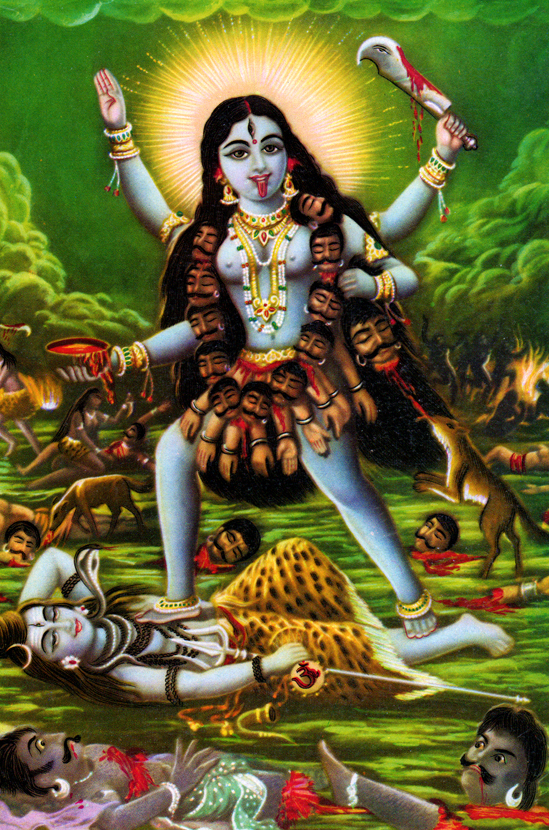
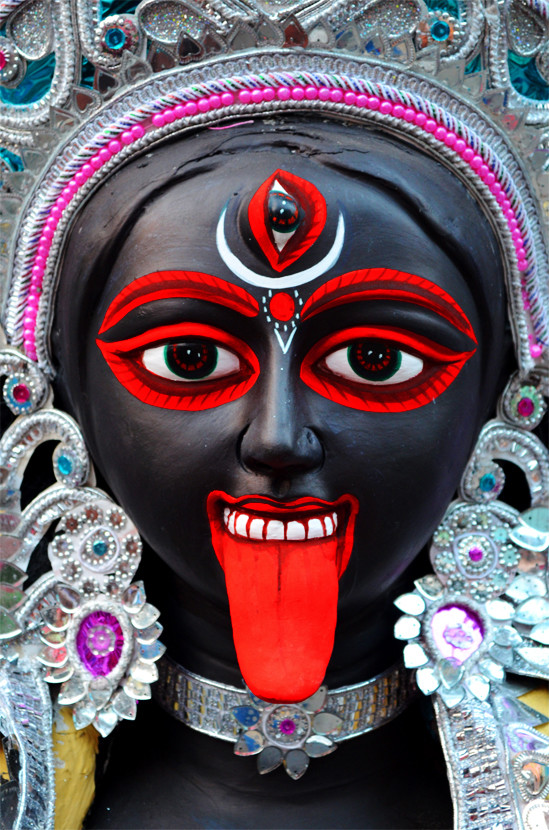
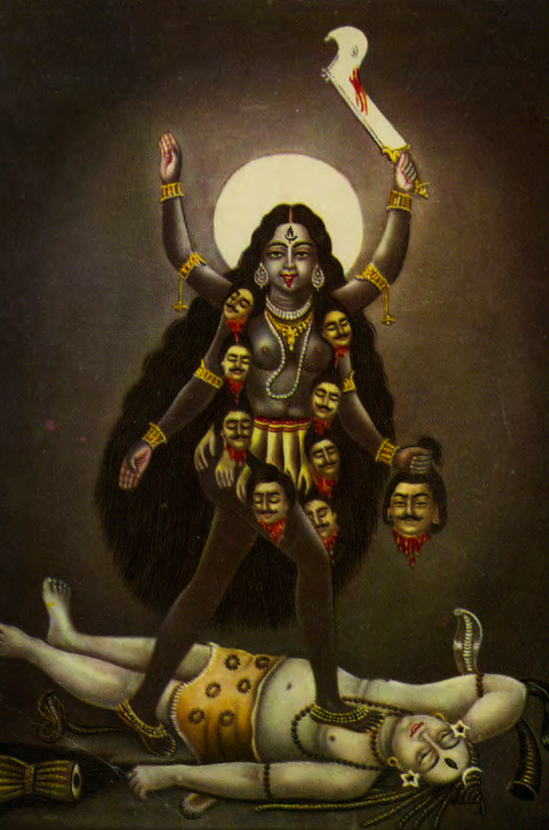
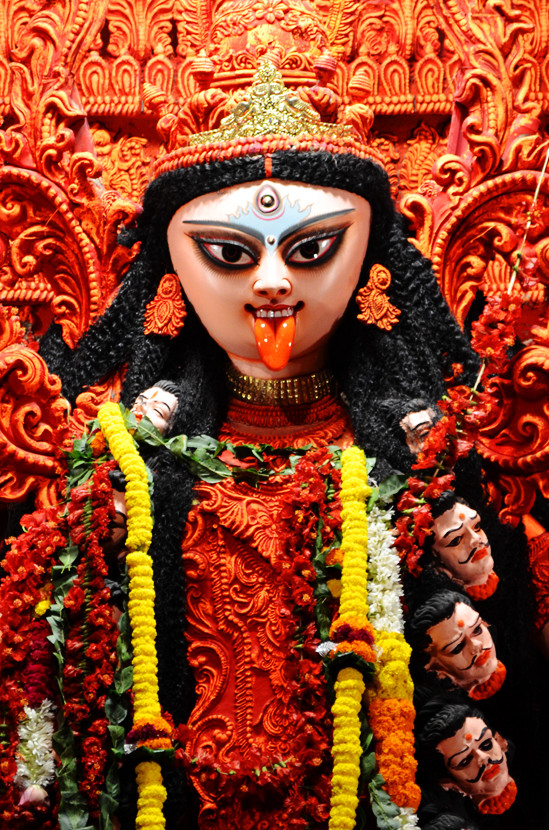
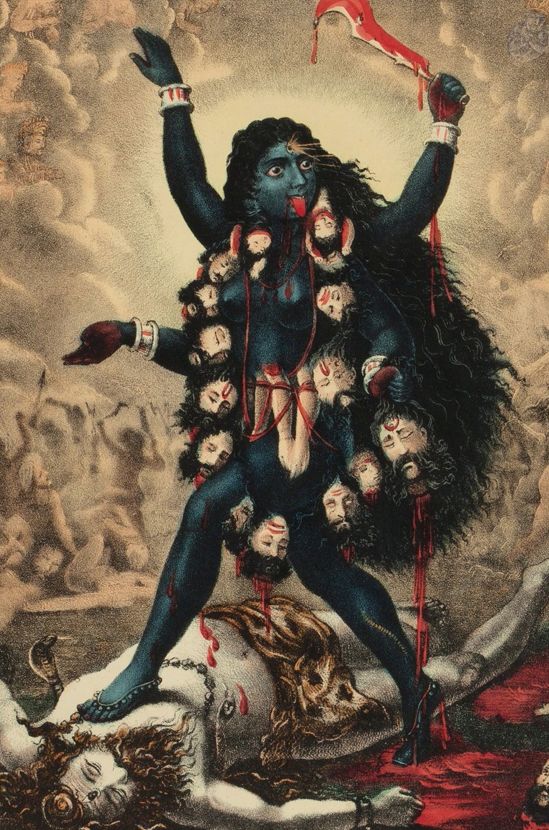
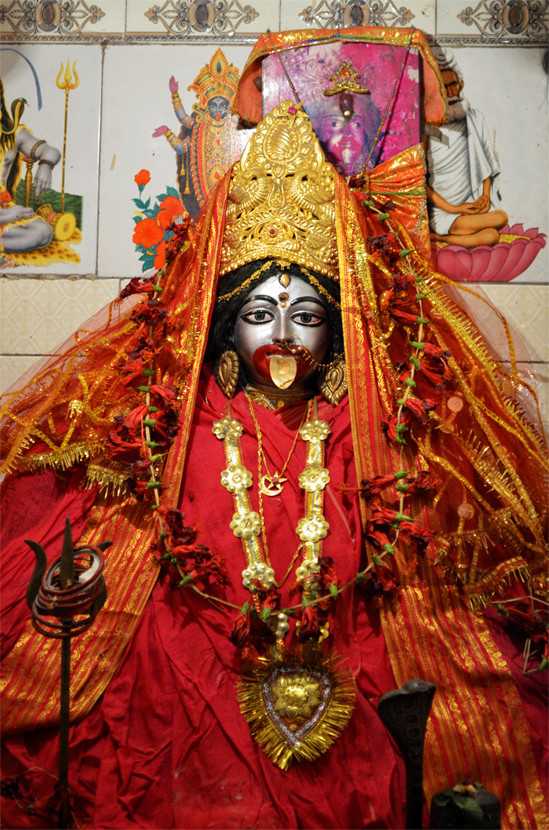
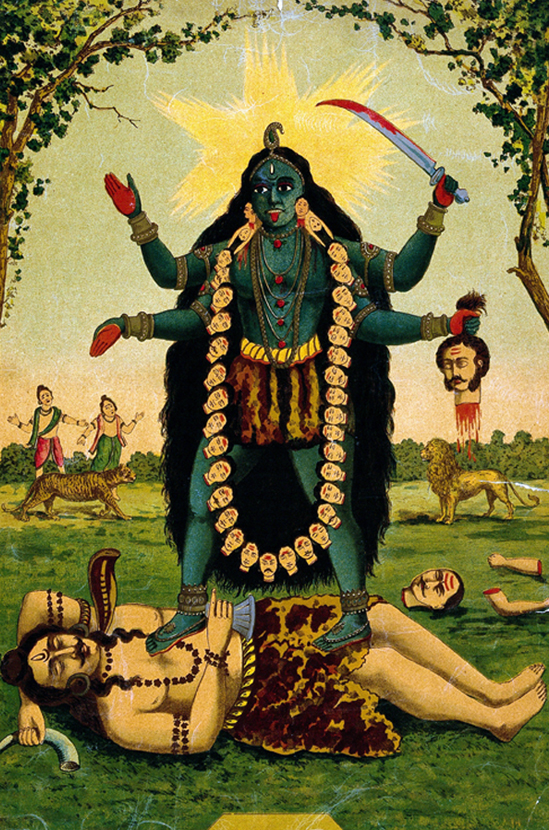
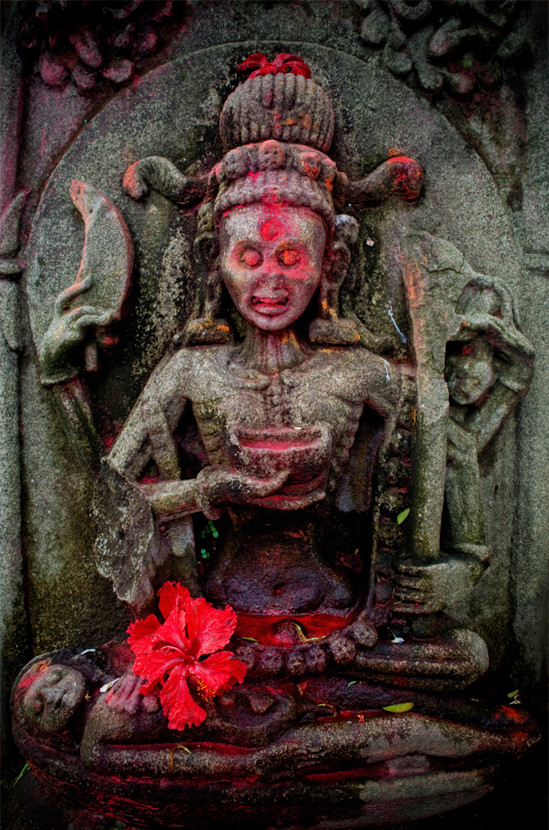
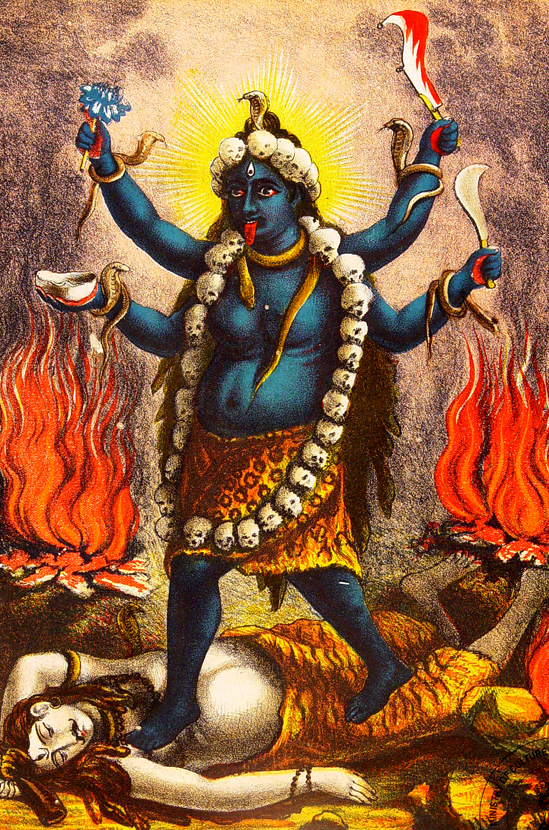
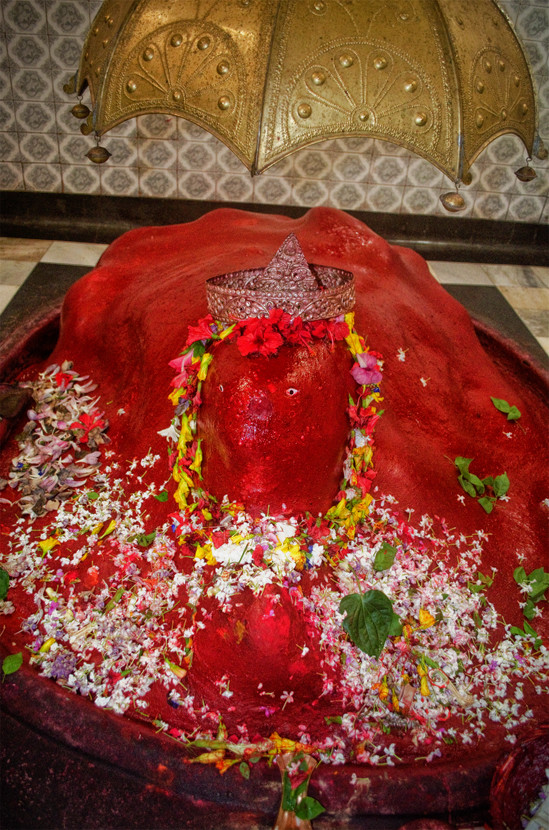
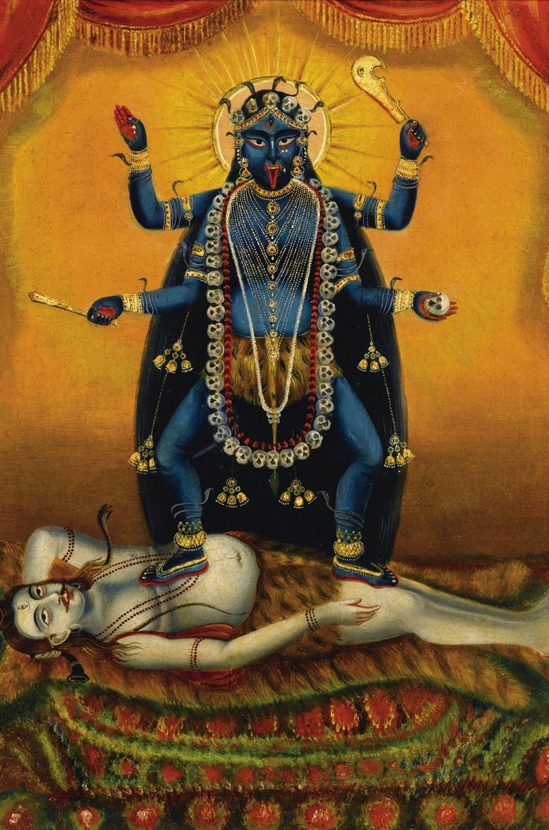
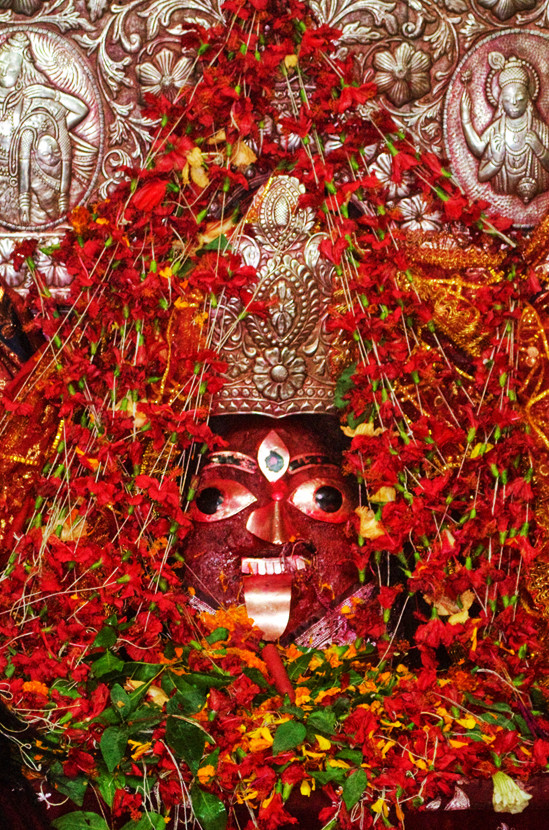
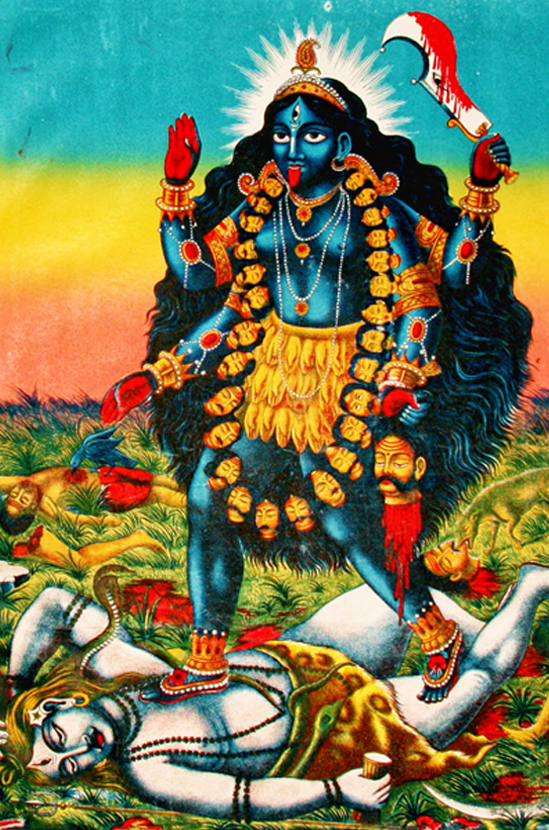
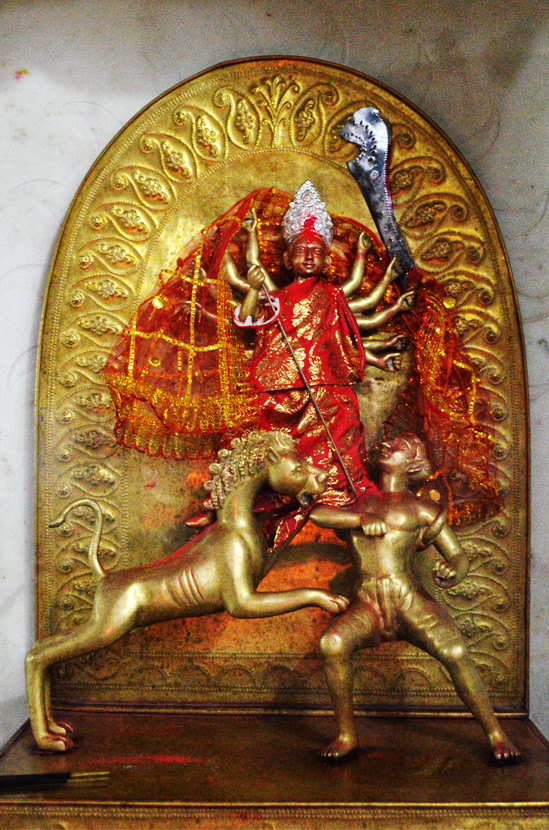
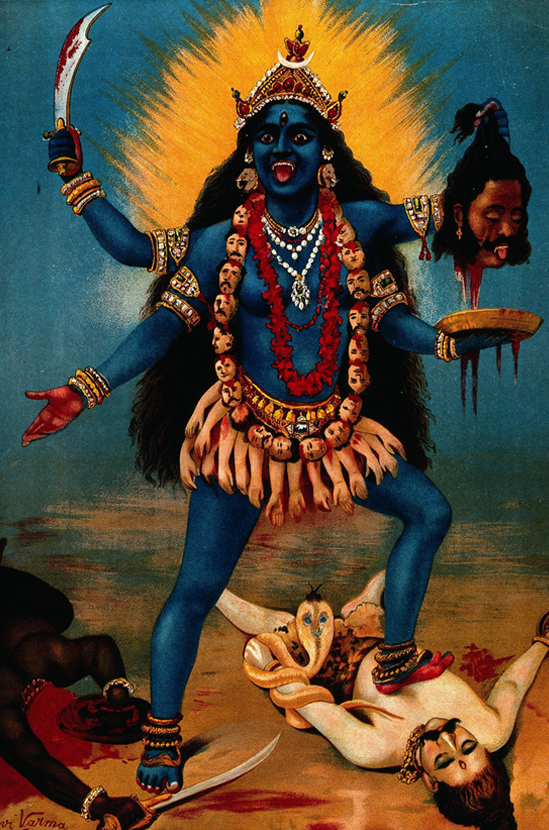
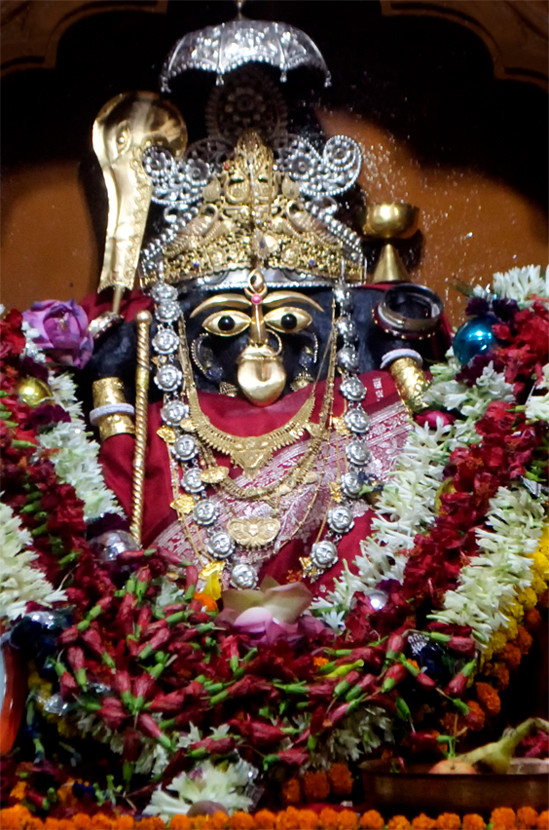
Hey William, I need your help cuz i have some questions regarding maa tara and tarapith ,please help me out
Feel free to send an email any time you like to kalibhakta@gmail.com
Beautiful translation and explanation. Jai Maa Kali!
SWOON
Kai May 💔🔻💀🖤🙏🏼
Jai Maa autocorrects strikes again!
Wonderful article. Thanks.
Very good song